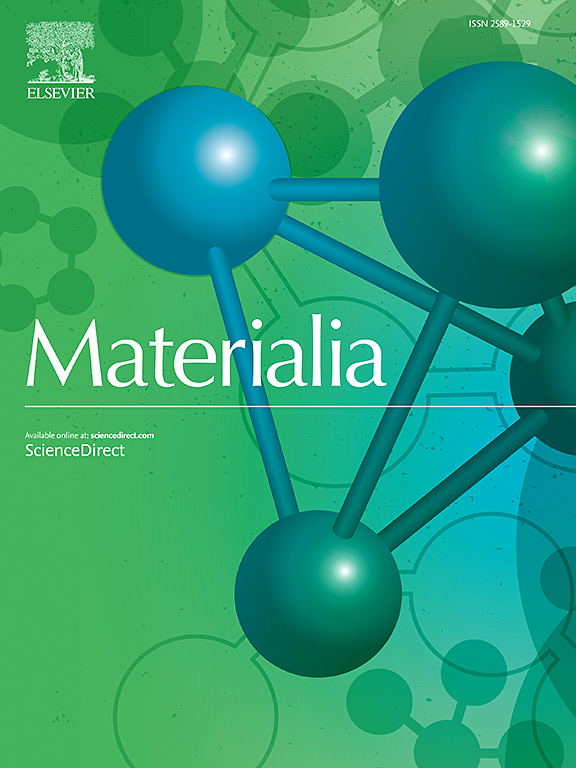Optimizing hydrogen resistance in fusion energy structural stainless steel via controlled uniaxial strain
IF 2.9
Q2 MATERIALS SCIENCE, MULTIDISCIPLINARY
引用次数: 0
Abstract
Fusion energy as a sustainable clean power shaping our future. However, the prevalent issue of hydrogen embrittlement (HE) of secondary processing structural materials in fusion energy systems has been widely concerned. This study explored the effect of secondary deformation on HE resistance of nickel-economized stainless steel (NEASS) used in tritium plant through varying degrees of uniaxial pre-strain. Unexpectedly, the high pre-strained NEASS with H-charging simultaneously exhibited high ultimate strength and low HE susceptibility. The increase in ultimate strength comes from the strain hardening effect caused by dislocation multiplication, while the improvement of HE resistance is contributed by the synergistic effect of deformation substructure, preferred orientation, and dislocation configuration. The interplay of these effects altered the hydrogen distribution inside the material, the hydrogen trapping capacity of microstructure, and the initiation behavior of hydrogen-induced cracks (HICs). Consequently, the NEASS exhibited low HE susceptibility during subsequent slow- strain rate tensile deformation, eventually resulting in shallower brittle fracture region, fewer HICs, and lower elongation loss after fracture with H-charging.
通过控制单轴应变优化熔合能结构不锈钢的抗氢性能
核聚变能源作为一种可持续的清洁能源,塑造着我们的未来。然而,聚变能系统中二次加工结构材料的氢脆问题一直受到广泛关注。本研究通过不同程度的单轴预应变,探讨了二次变形对氚厂用省镍不锈钢(NEASS)耐高温性能的影响。出乎意料的是,高预应变且充氢的NEASS同时表现出较高的极限强度和较低的HE敏感性。极限强度的提高主要来自位错增殖引起的应变硬化效应,而高温电阻的提高主要是变形子结构、优选取向和位错构型的协同作用。这些影响的相互作用改变了材料内部的氢分布、微观结构的捕氢能力和氢致裂纹的起裂行为。因此,NEASS在随后的慢应变速率拉伸变形中表现出较低的HE敏感性,最终导致脆性断裂区域较浅,HICs较少,h充注断裂后伸长率损失较小。
本文章由计算机程序翻译,如有差异,请以英文原文为准。
求助全文
约1分钟内获得全文
求助全文
来源期刊

Materialia
MATERIALS SCIENCE, MULTIDISCIPLINARY-
CiteScore
6.40
自引率
2.90%
发文量
345
审稿时长
36 days
期刊介绍:
Materialia is a multidisciplinary journal of materials science and engineering that publishes original peer-reviewed research articles. Articles in Materialia advance the understanding of the relationship between processing, structure, property, and function of materials.
Materialia publishes full-length research articles, review articles, and letters (short communications). In addition to receiving direct submissions, Materialia also accepts transfers from Acta Materialia, Inc. partner journals. Materialia offers authors the choice to publish on an open access model (with author fee), or on a subscription model (with no author fee).
 求助内容:
求助内容: 应助结果提醒方式:
应助结果提醒方式:


